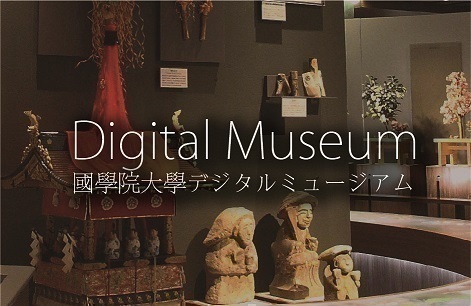- トップ
- Encyclopedia of Shinto
- Shingō
Encyclopedia of Shinto
| Main Menu: | |
| Links: |
詳細表示 (Complete Article)
| カテゴリー1: | 2. Kami (Deities) |
|---|---|
| カテゴリー2: | Concepts of Kami |
| Title | Shingō |
| Text | A "divine title" affixed to the name of a kami. A wide variety of titles have come into use in accordance with the unique characteristics of kami, and as a result of historical changes in the way kami have been understood. In the ancient period, the title mikoto was used, while expressions such as myōjin ("shining kami"), daibosatsu (great bodhisattva), and gongen (avatar) came into use as a product of kami-buddha combinatory cults (shinbutsu shūgō). During the Edo period, the title reisha ("spirit shrine") was applied to the departed spirits of human beings. The title mikoto, written variously with the characters 命 or 尊 was used in ancient classics such as Kojiki and Nihongi as a title of respect for both kami and noble persons. It is believed that mi represents an honorific prefix, while koto means "thing," "event," or "word"; together, the reading mikoto has been interpreted as referring to a "noble personage," "minister" or "medium" (mikotomochi), and "noble child" (miko; see mikogami). Nihongi differentiates between the usage of characters 尊 and 命 for mikoto, stating that the earlier character is used to refer only to kami of the utmost dignity with direct linkage to the imperial descent, while the latter character is used for all other kami. The title myōjin 明神 as applied to Japanese kami is believed to evolved from an earlier term myōjin 名神 ("eminent kami"), which was used in ancient works like Engishiki to refer to kami of particularly noteworthy power. Under the influence of the homophonic myōjin 明神 ("shining deity") found in Chinese and Buddhist texts, the latter character combination came to be applied to indigenous kami as well. Daibosatsu is obviously a term of Buddhist origin, and refers to a "great kami that has awakened to the Way of the Bodhisattva." The title daibosatsu is first seen in 781, when the kami Hachiman was honored with the title Gokoku Reigen Iriki Jintsū Daibosatsu ("Great Bodhisattva of National Protection and Marvelous Spirit Power"). From that time, the title daibosatsu has been applied to numerous other kami, including Fuji Sengen Daibosatsu and Tado Daibosatsu. Gongen (avatar) is likewise of Buddhist origin, a term deriving from the doctrine of honji suijaku ("original essence, manifest traces"). According to this belief, buddhas may provisionally manifest themselves in this world in the form of kami or deities indigenous to various locales. Some well-known kami bestowed with this title include Kumano Gongen, Kasuga Gongen, and Hakusan Gongen. The title reisha originates with the Yuiitsu Shinto school of the Yoshida family, which first used the term to refer to a shrine erected over the grave of the school's founder. Mano Tokitsuna's Kokin shingaku ruihen describes reisha as "a general term referring to shrines devoted to the spirits of human beings," but the term was also later used as a title for the kami themselves. Within Yoshida Shintō, the titles reijin reisha and myōjin were all applied to deceased human spirits, and this usage influenced the use of the terms in other schools as well, including Yoshikawa Shintō and Suika Shintō, where they were applied to persons who had mastered the deepest imports of the religion. Some of these individuals included Yoshikawa Koretari, posthumously titled Miaredō Reisha, and Yamazaki Ansai, who was titled Suika Reisha. Another unusual example of the attribution of shingō to humans is that of Sugawara Michizane, who was titled tenjin or "heavenly deity." See also shin'i, shinkai. -Satō Masato |




